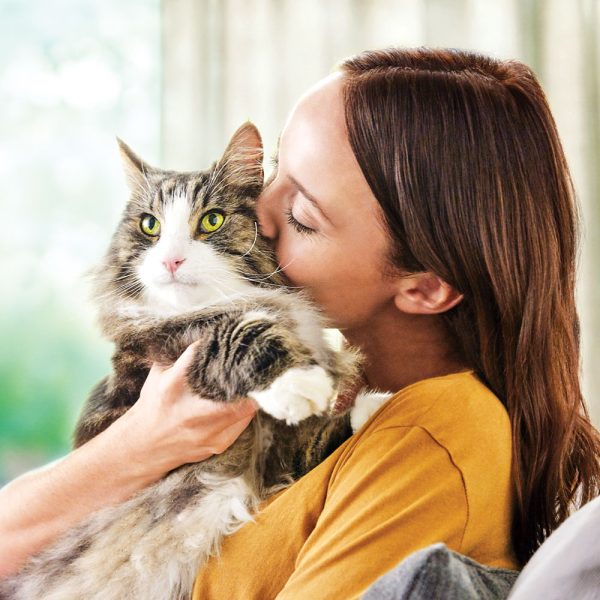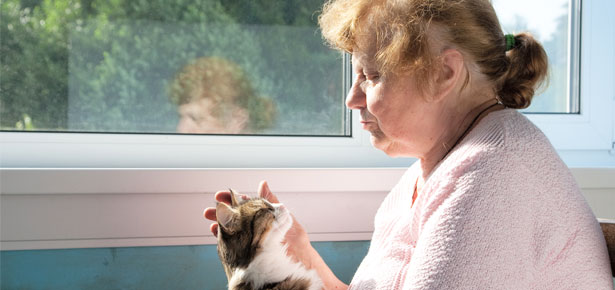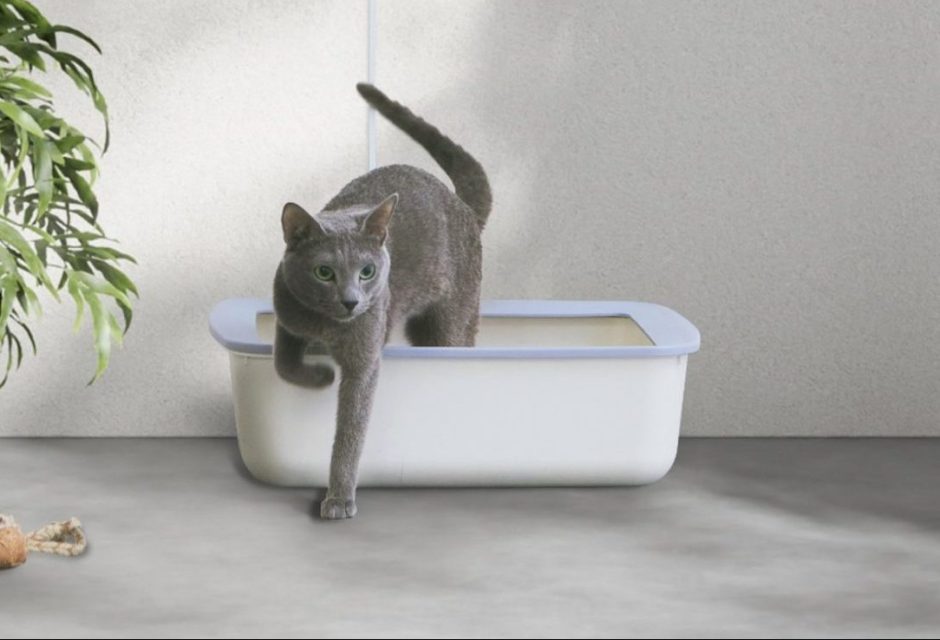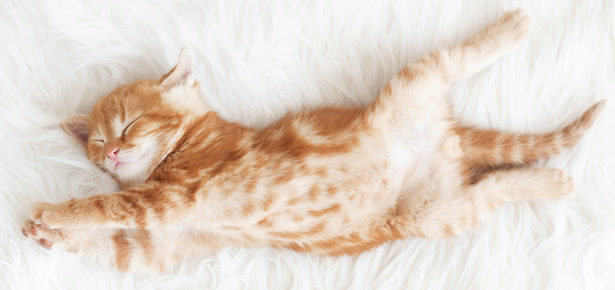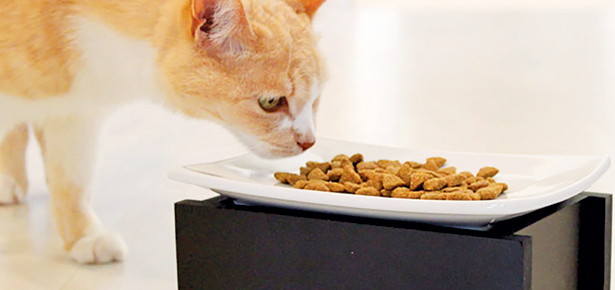

Whisker Fatigue
It's a real thing!
A cat’s whiskers aren’t themselves that remarkable. They are essentially thick, long hairs. What makes them special is that there is a sensory organ called a proprioceptor at the end of each whisker. These send ultra-sensitive tactile messages to the brain and nervous system. Because of these proprioceptors, whiskers can detect the slightest directional change in a breeze or help your cat respond to vibrations in the air, such as when chasing flying prey. If you put a cat in a dark room they have never been in before, they will walk around using their whiskers to feel out where furniture is based on how air currents change! Cats are naturally farsighted, so their whisker sensitivity helps them to “see” close up. Whiskers also serve as a natural ruler of sorts, as they are about as long as your cat is wide, so they help to figure out if they can fit through a space (or in a box).
Your cat’s whiskers are so sensitive that they can become easily fatigued by unnecessary contact with things like the sides of bowls. To help prevent whisker fatigue, make sure your cat’s food bowls are low and shallow and her water dish is wide. This little consideration will save your cat a lot of unnecessary discomfort. We like Trendy Pet’s wide, shallow, ceramic bowl that sits atop a Japanese-design-inspired base (pictured above, $42), making it just the right height while ensuring whisker-stress-free dining experience.
For more bowls and feeders as selected by Modern Cat editors check out Modern Cat's shop site!
Join the newsletter and never miss out on cat content again!
"*" indicates required fields
By clicking the arrow, you agree to our web Terms of Use and Privacy & Cookie Policy. Easy unsubscribe links are provided in every email.





